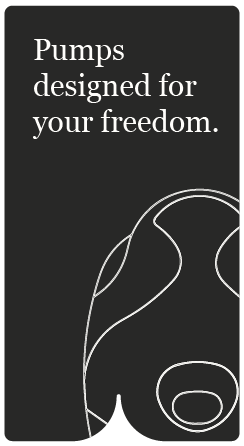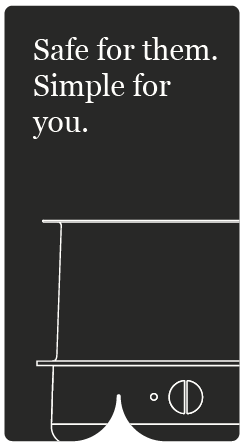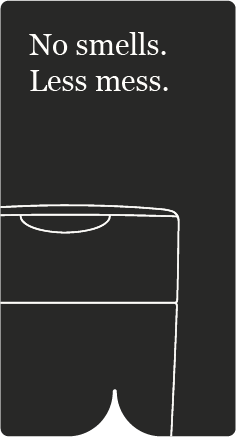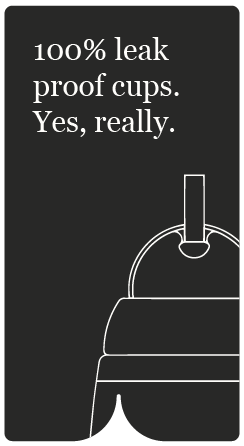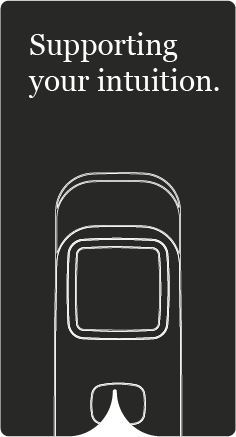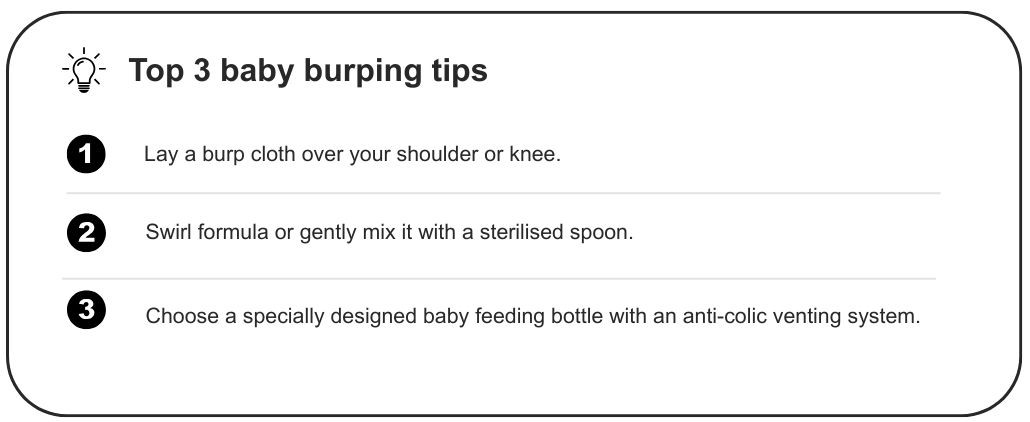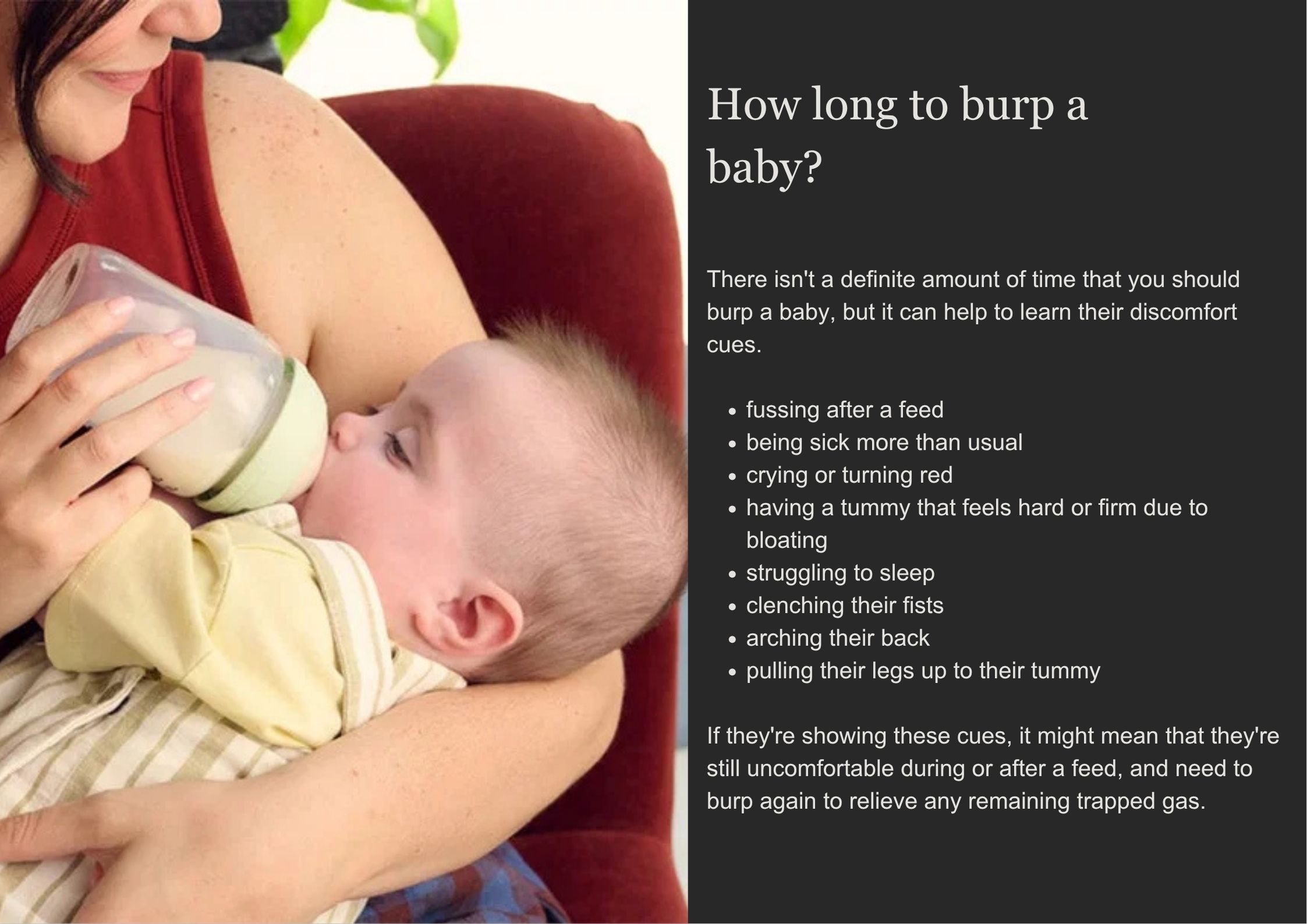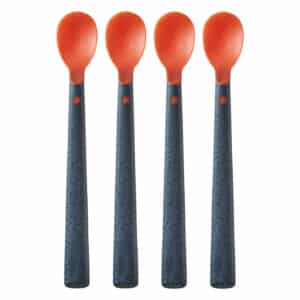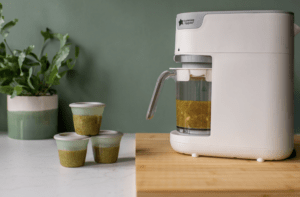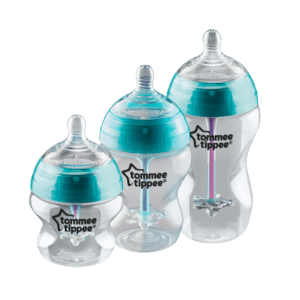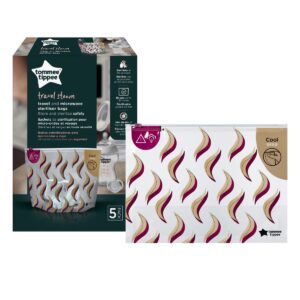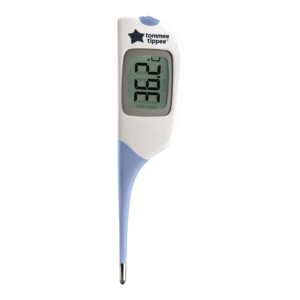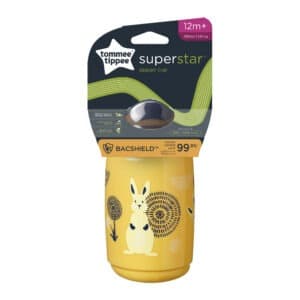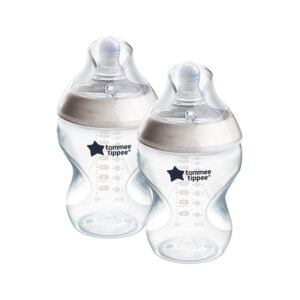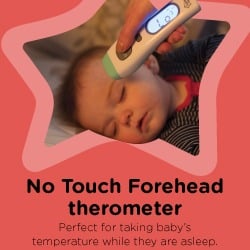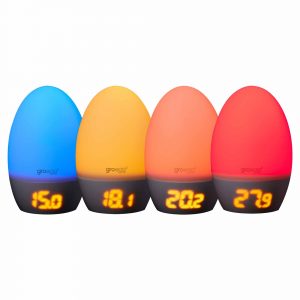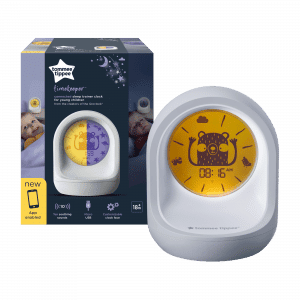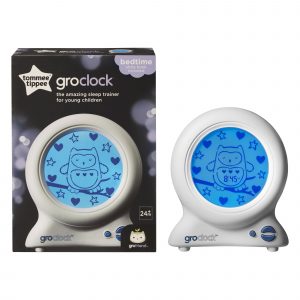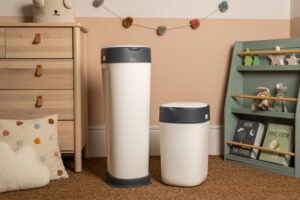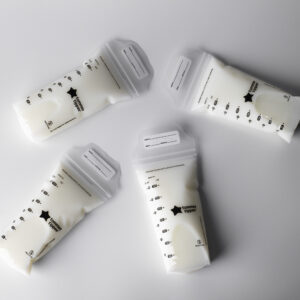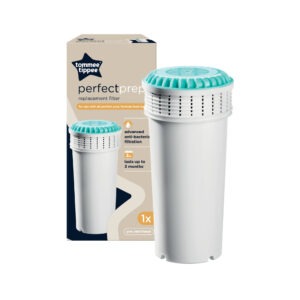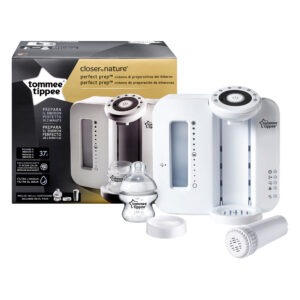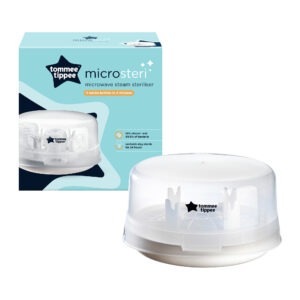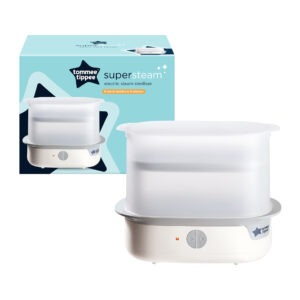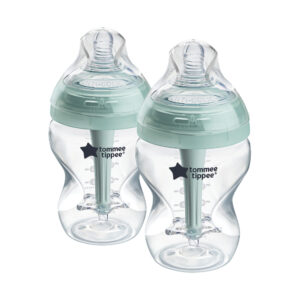Bottle Feeding
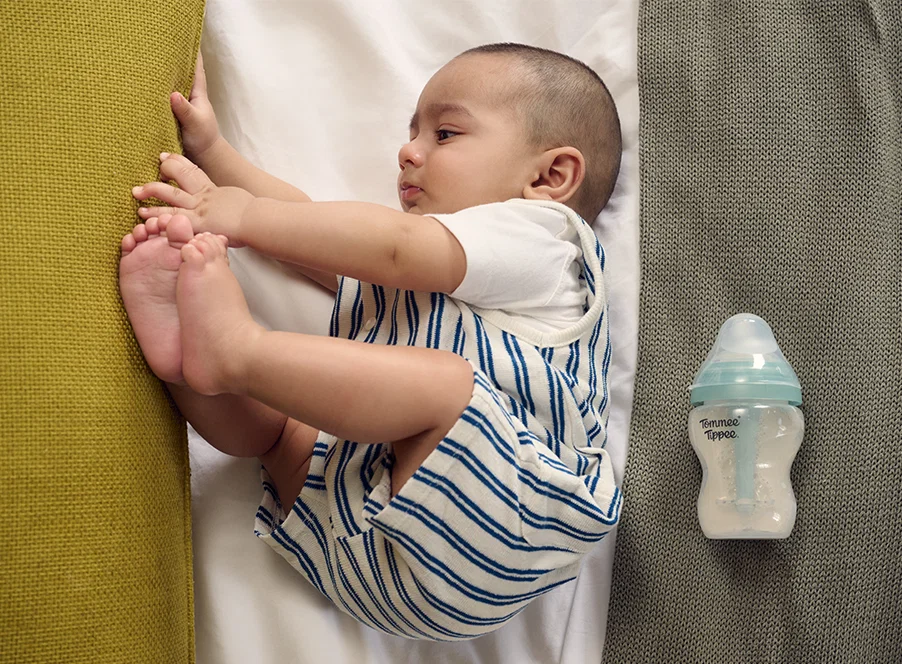
A guide to burping a baby
A guide to burping a baby

- There are four ways you can burp a baby: You can either put them over your shoulder, with their chin resting on your shoulder, sit them up on your lap facing away from you, lie them on their back while you gently massage their tummy, or lay them face down on your lap if they’re sleeping.
- When burping your baby: Always make sure lay a burp cloth on your shoulder or knee, swirl the milk you’re about to feed them to remove any air bubbles, and choose a specially designed baby bottle with anti-colic technology.
- You can determine whether your baby needs burping if: They’re extra fussy, become uncomfortable during or after a feed, spit up or be sick more than usual, cry and turn red, have a firm tummy, struggle to sleep, clench their fists or arch their back and pull their legs up to their chest.
It’s normal for babies to get trapped wind and it can be uncomfortable for them, so parents understandably want to do everything they can to help their baby alleviate it.
We’ve written this simple guide to help you understand your baby’s trapped wind symptoms and turn frustration, frowns and cries into giggles and smiles.
Read on to learn more about the causes of trapped wind in babies and to find out the best techniques to burp a baby, as well as what to do if your baby won’t burp.
What are the symptoms of baby wind?
If your baby is experiencing trapped wind, they might:
- become fussy and uncomfortable during or after a feed
- spit up or be sick more than usual
- cry, turn red, or look like they’re in pain after a feed
- have a tummy that feels hard or firm due to bloating
- struggle to sleep
- clench their fists
- arch their back and pull their legs up to their tummy
Although these symptoms can be upsetting, gas or trapped wind isn’t usually anything to worry about. Some experts believe trapped wind is more a feeling of discomfort for babies than pain, and most of the time it can be easily relieved.
How to burp a baby
Some babies will find it easy to burp, while others might need a little help.
How? You can pat or rub your baby’s back gently to encourage them to bring up wind. It can help to focus on the left side of their back (this is where their stomach is). Most babies will be okay with a soft touch, but others may need just a slightly firmer pat to get things moving.
You’ll soon discover the best way to wind your baby, but in the meantime, you can try the following techniques to see what feels best.
Over the shoulder
While sitting or slowly walking, put your baby over your shoulder, hold them and let their chin rest on your shoulder.
Then, support their bottom with one hand and gently pat or rub their back with the other, making sure their head and shoulders are supported.
Sitting up
Sit your baby on your lap facing away from you.
Support their chest and chin with one hand while you gently pat their back with the other. It helps to lean them forward a little in this position.
Lying down
This is the best position for burping a sleeping baby.
Lay your baby face down on your lap and softly tap and rub their back with one hand while you support their chin with the other.
Remember that some of their feed may come up when you wind them, so be prepared with a bib or muslin, and place it over your shoulder or knee. You can bet that the one time you don’t protect your outfit will be the time you’ll get a major spit-up.
Tummy massage
If the above methods don’t work, you can try lying your baby on their back and gently massage their tummy in a circular, clockwise motion.
This not only helps move any trapped gas through and out of their digestive system, but it also provides pain relief and a lovely bonding moment by releasing the hormone oxytocin.
Movement can help too, so try circling their legs back and forward like they’re riding a bike – this is known as ‘biking out the burp’.
How to reduce trapped wind when feeding a baby
Swallowing too much air when feeding is the most common cause of baby wind.
To help reduce the risk of trapped wind, you should try to burp your baby after every feed. Some parents find that it’s beneficial to wind their baby during a feed when they naturally take a break from the bottle or breast, this is known as paced feeding.
Preventing baby wind when breastfeeding
If your baby is experiencing trapped wind when breastfeeding, the issue may be that they’re not latching onto your nipple effectively. To help, you can try sitting them upright while they’re feeding and winding them after breastfeeding.
If that doesn’t help and they’re still experiencing a lot of gas, speak to your health visitor or get specialist support from a lactation consultant.
Preventing baby wind when bottle feeding
Try to sit your baby upright when bottle feeding and make sure, you’re tipping the bottle high enough so that the milk can fill the whole teat as they feed. This helps to stop them from ingesting too much air when they drink their milk. Paced feeding and using a slower flowing teat may also help.
If they’re guzzling down their bottle of milk at a very quick rate, chances are that they’ll also be taking in a lot of air. A great tip is to try a Tommee Tippee Advanced Anti-Colic bottle. These are designed to help ease the discomfort of colic, gas and reflux, and work by the baby sucking the teat to feed from the bottle. Then, as air flows into the bottle as baby sucks, it’s drawn into the patented vented wand through the star-shaped silicone valve, and away from the milk (and baby’s stomach) while they feed.
If you’re formula feeding your baby, you can minimise the number of air bubbles in the milk by swirling the formula with the water (rather than shaking), or gently mixing it with a spoon.
Common mistakes when burping a baby
We’re all human, and sometimes we make mistakes, especially as new parents. But to give you the best chances of avoiding making mistakes while learning to burp your baby, we’ve troubleshooted common burping problems in babies below.
- Patting too hard: A simple gentle pat or rub is recommended.
- Not supporting the head and neck: This is especially important for newborns.
- Only trying one position: It differs which position works best for a baby so try them all out to see what works for the both of you.
- Stopping too soon: Don’t be fooled, sometimes it can take up to 10 minutes.
- Skipping mid-feed burps: Don’t be nervous to try burping half-way through your feed as waiting too long can worsen symptoms.
A bottle-fed newborn baby should be burped between every 56-85ml of breast milk or formula until they’re around 6 months old. You’ll find that your baby will probably need burping less as they get older. While there’s no exact age for when you should stop burping your baby, you’ll probably notice less of a need for it between 4 and 6 months when they start weaning onto solid foods.
Over time, they’ll start to sit upright on their own, and eventually, they won’t need your help with burping at all, but regardless of whether your baby shows this kind of independence, you should always help them if they seem to be struggling to burp.
Yes, it may cause your baby to be even more windy than usual as you’re creating bubbles which are air pockets once digested.
Babies get wind whether you’re breastfeeding or formula feeding; it’s natural as their digestive systems develop. If you’re already using formula and your baby is very windy, then it may be worth trying a different brand. However, this may bring other complications like constipation as your baby gets used to their new milk.
If you’re unsure, it’s best to seek advice from your doctor or health visitor.
There are lots of medicines that claim to help with wind, like gripe water and lactase drops. Sadly, there’s no scientific proof that they work, although many parents do swear by them. You should always speak to your family doctor or a pharmacist to make sure that any medicine you choose to try is safe for your baby.
There’s probably no need to worry if your baby won’t burp. Some babies don’t swallow enough air to cause wind, so they may not need burping after every feed. However, there are a few things you can try to make sure you’ve covered all grounds:
- Change baby burping positions
- Be patient
- Watch out for discomfort later on
- Keep track of any patterns you’ve noticed
Yes, if they’re showing signs of discomfort, you should always burp your baby no matter the time of day.
If you’ve been burping your baby for 10+ minutes and they seem happy in themselves, you can stop. But if you find they seem in discomfort, vomit a lot or have consistent issues with feeding, that’s when we’d recommend contacting your GP.


